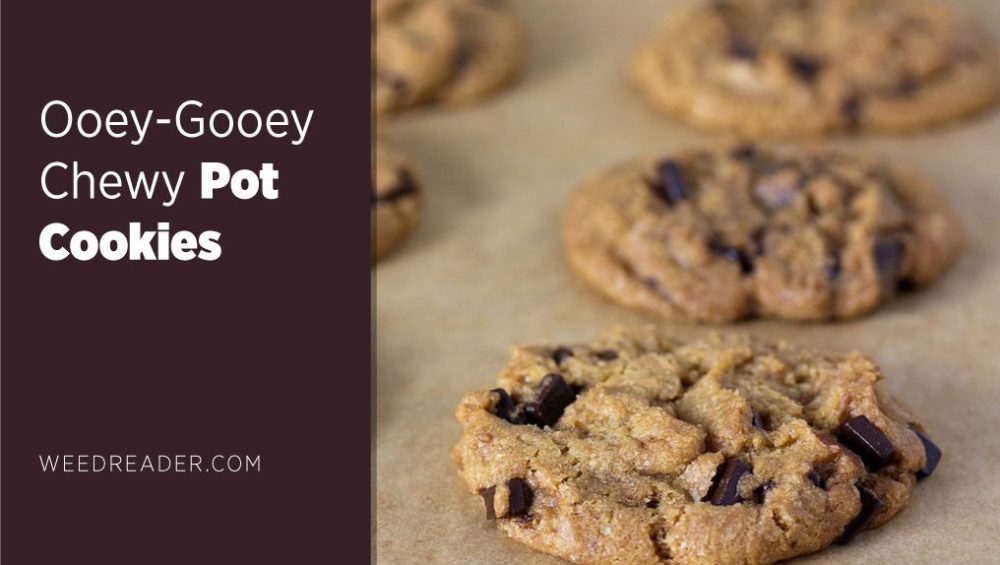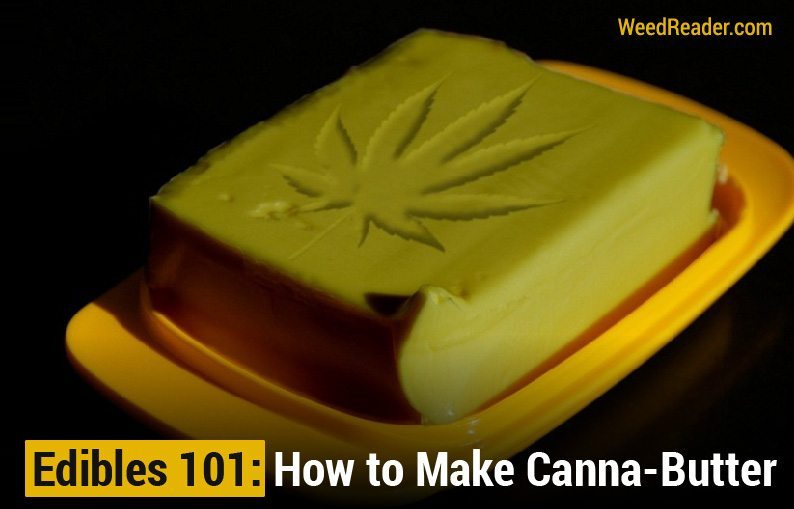What You Need
- 1/2 cup canna butter, softened (click here for our canna-butter recipe!)
- 1 cup coconut palm sugar (or 1 1/2 cup brown sugar)
- 3 tbs milk of choice (nut, dairy, plant)
- 2 tsp molasses
- 2 tsp maple syrup
- 3 tbs unsweetened apple sauce
- 1 tbs corn starch
- 2 tsp vanilla extract or 1 vanilla bean pod
- 2 cups flour (wheat, rice, coconut)
- 1 tbs baking soda
- dash of salt
- baking sheet
- large mixing bowl or food processor
- whisk
- rubber spatula
- metal spatula
- optional: chocolate chips, carob chips, chopped nuts, flaked coconut, dried fruit, heaped spoonful of cocoa, cacao powder, or milled flaxseed
Directions
- Preheat oven to 350F. In a bowl or food processor, combine the first 8 ingredients until it resembles a brown, syrupy goo. In a separate bowl, mix together flour, salt, and baking powder. If you choose to, add in any other dry ingredients now.
- Add the dry mixture to the syrup and blend until thoroughly combined. The resulting dough should be thick, and slightly sticky. Add in small amounts of flour or cornstarch as needed if it’s too sticky, and dashes of milk if it’s too stiff.
- Fold in any remaining ingredients such as chocolate chips or nuts. Line the baking sheet with parchment paper for easier clean-up, otherwise leave it ungreased & drop spoonful-sized amounts of dough in even rows. (Or, vary the size of the cookie. A few bite-sized ones may be handy for on-the-go, or if you don’t want a massive dose.)
- Bake cookies for 12-15 minutes. The oil may bubble and sizzle through the dough as it cooks, but don’t be alarmed–as long as you keep an eye on them, they shouldn’t burn. Remove from the oven when the edges are golden brown and hold together when poked. Let cool a few minutes before removing cookies from the pan.
Warm and at room temperature, these will be some ooey-gooey, chewy pot cookies! When I made them the canna butter was coconut-oil based, so when they cooled the edges were perfectly crispy and the middles remained soft and chewy. The flavor of cannabis isn’t overwhelming, but definitely detectable, and I find it’s balanced well with immense amounts of chocolate.
Pro tip: Freeze half of the dough, and try making the cookies a little smaller. You might be surprised at the strength/potency, so start small and see how your edibles effect you. If you discover you could handle a bigger cookie, or decide you want to go all-out and bake a giant space rock, you’ll be glad to have the dough saved!
Photo by Veganbaking.net






